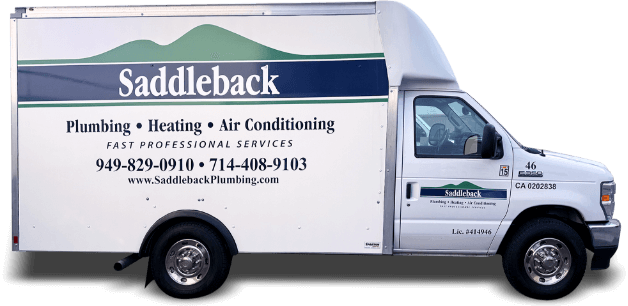Faucet Aerators Can Improve Your Bathroom Plumbing
May 14th, 2012A tap aerator or faucet aerator is located on the tip of water faucets which are used indoors for kitchen and bathroom plumbing in Dana Point. Their purpose is to spread the water stream into a number of smaller streams, in essence adding air to the water stream. This saves the amount of water which comes out of the tap at one time while also reducing the amount of backsplash which occurs when the faucet is turned on.

